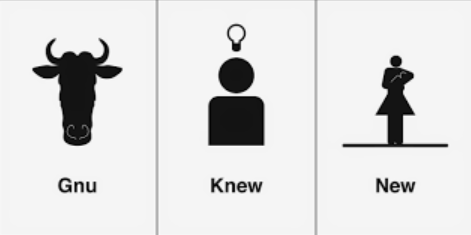Introduction
Animal homophones are a unique way to connect two areas of learning: language and nature. These homophones involve the names of animals that are similar in sound to other words, leading to interesting and sometimes humorous associations.
For example:
- Bare (meaning uncovered) and Bear (the animal)
- Flea (an insect) and Flee (to run away)
This can be a great way to teach children or even adults about the versatility of language.
Why Are Animal Homophones Important?
Understanding homophones is a fundamental part of language proficiency, especially in languages like English. Animal homophones, while often used for entertainment, can help people:
- Enhance vocabulary: Homophones encourage learners to understand subtle differences in meaning and usage.
- Improve pronunciation: Since these words sound similar, mastering their pronunciation can improve overall speech clarity.
- Boost memory retention: Associating homophones with animals makes learning more engaging and easier to remember.
Popular Examples of Animal Homophones
- Dear vs. Deer
- Dear: Term of endearment or addressing someone with affection.
- Deer: A large mammal found in forests.
- Hare vs. Hair
- Hare: A fast-running mammal similar to a rabbit.
- Hair: The strands that grow on the body of humans and some animals.
- Fowl vs. Foul
- Fowl: A bird kept for food, like chickens.
- Foul: Something unpleasant or offensive.
These examples demonstrate how two words with very different meanings can sound identical, which makes language fun yet challenging to master.
How to Teach Animal Homophones
Animal homophones can be integrated into a fun and interactive learning process. Here are some ideas:
- Use Pictures and Flashcards
Create flashcards with images of the animals and their corresponding homophones to help children visualize the connection. - Incorporate Games
Educational games like “Homophone Bingo” or “Homophone Match” can make learning more dynamic and enjoyable. - Creative Writing Exercises
Encourage students to write short stories or sentences using homophones to better understand their meanings in context. This allows them to practice distinguishing between similar-sounding words.
The Value of Animal Homophones in Everyday Language
Animal homophones are not just an educational tool—they’re part of everyday language. By mastering these homophones, speakers can prevent common errors in writing and speaking, which is essential for clear communication.
For example, confusing “bare” and “bear” can lead to misunderstandings. But by knowing that one is about being uncovered and the other is a large animal, language users can clarify their messages.
Conclusion
Animal homophones offer a playful yet educational approach to language learning. Whether you are a teacher, a parent, or someone looking to improve your language skills, incorporating animal homophones can make learning both fun and effective. With a range of teaching methods, from flashcards to creative writing exercises, anyone can master these fascinating word pairs.
Common Animal Homophones
| Homophone Pair | Definition 1 | Definition 2 |
|---|---|---|
| Bare vs. Bear | Uncovered or exposed | A large wild animal |
| Dear vs. Deer | A term of affection or high value | A forest-dwelling mammal |
| Hare vs. Hair | A fast-running mammal | The strands growing from the body |
| Fowl vs. Foul | A domesticated bird | Something unpleasant or offensive |
| Flea vs. Flee | A small, blood-sucking insect | To run away from danger |
FAQs
Q1: What is a homophone?
A homophone is a word that sounds the same as another word but has a different meaning and spelling.
Q2: How can animal homophones help in language learning?
Animal homophones can make language learning more engaging by connecting words with animals, making the learning process memorable and fun.
Q3: Can animal homophones be used in formal writing?
Yes, animal homophones are part of everyday language, and understanding them can improve both formal and informal communication by preventing common mistakes.




